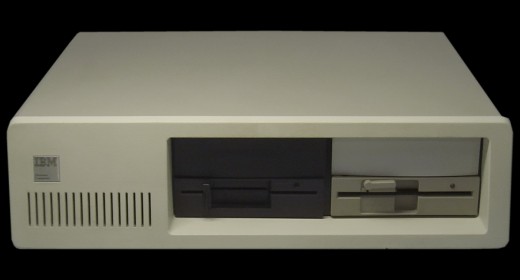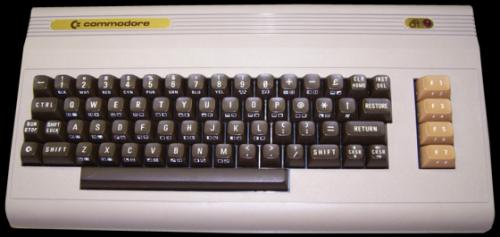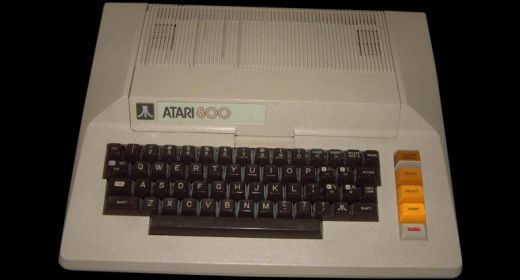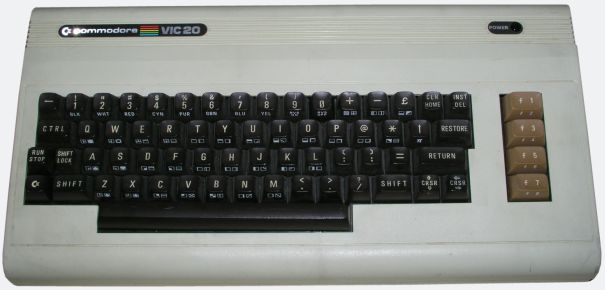
Before Commodore Business Machines company went bankrupt, they had made good progress in the personal computer niche. The Commodore Vic 20 was one of their earlier efforts. It came before the Model 64. It was released in 1980 in Japan and later came to the United States. It had the distinction of being the first computer to sell more than one million units. It also bore the name of “MicroPET” for the 1980 Computer Electronics Show ( CES ). The later name of “Vic” came from the “Video Interface Chip” that was used for both graphics and sound. The “20” part of the name came from the project manager. He chose the number “20” because it sounded “friendly”. Get a closer look at the Commodore Vic 20 here in this enlightening article.
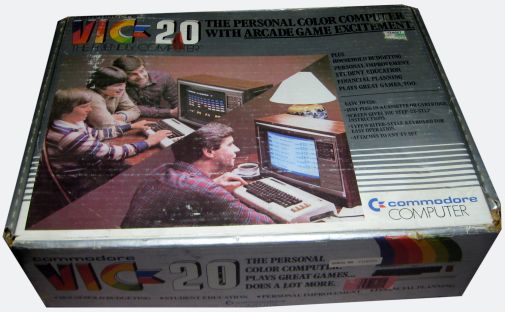
The Commodore Vic 20 did not have the appearance of the other personal computers that would spring up in the next few years. It had the looks of a simple, but fat, keyboard. It was plastic and had the popular beige color of the day. The QWERTY keyboard was set up with plenty of different functions which were duly written on the front of the keys. The Vic 20 was designed by Bob Yannes who created the Sound Interface Device ( SID ) chip. He later went on to design music synthesizers for Ensoniq.
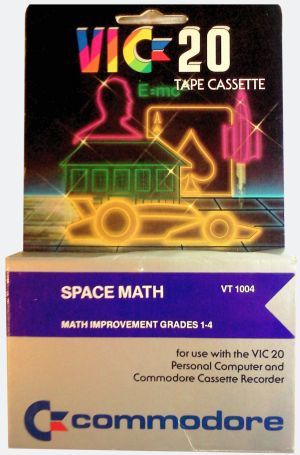
The Commodore Vic 20 was primarily sold at discount and retail toy stores. It was a competitor for other gaming consoles. Commodore created advertisements using the Star Trek actor William Shatner for their spokesman. He would say, “Why buy just a video game?”. The marketing ploy apparently worked, as the Vic 20 became the best selling computer of 1982. At one point there were 9000 units a day sailing off the assembly lines. Another bit of Vic 20 trivia was that this was the first computer that the creator of Linux, Linus Torvalds, ever owned.
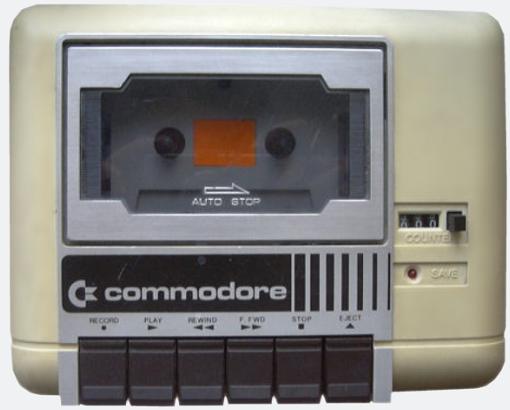
What kind of hardware was lurking under that keyboard? There were 5 kilobytes of random access memory ( RAM ). A total of 1.5 kilobytes of that RAM were used up by the video display and other dynamic aspects of the computer. But the Vic 20’s RAM was expandable by the use of cartridges. The cartridges would plug in to the computer using the same port as the programs. Extra port expander boxes were available from Commodore and other sellers to permit multiple cartridges to be connected at one time. The Video Interface Chip ( VIC ) was one the second-most important part inside the computer. The most important chip was the 6520A microprocessor. The VIC did a lot of different functions but mostly took care of the video output signal. The lack of power in the Vic 20 led critics to call it under powered in the magazines of the day.
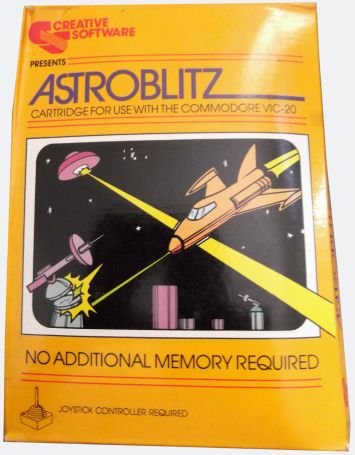
Since this was a computer that sold for less than $300 dollars, it was created as a low-end home computer. The VIC chip was designed to be used in game consoles, but a market could not be found for it. The Commodore Vic 20 was therefore a computer made with surplus parts from the Commodore company.
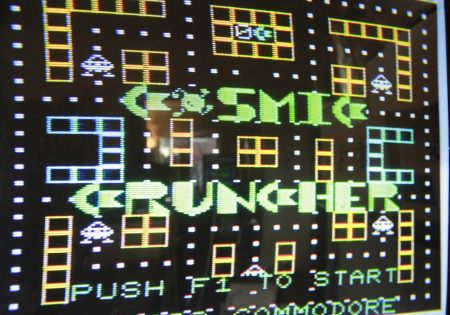
The Vic 20 became popular enough to inspire 300 commercial software programs. Upwards of 500 extra titles were also available on tape. Some of those who learned the BASIC language that the computer used went on to learn Machine Language or Assembly. Some of the games available for the Commodore Vic 20 were “Radar Rat Race”, Clowns, Battlezone, Pacman, Frogger, Qbert, Jetpac and many others. Some people liked the Vic 20 games so much then that they still play them via emulation on their personal computers today.
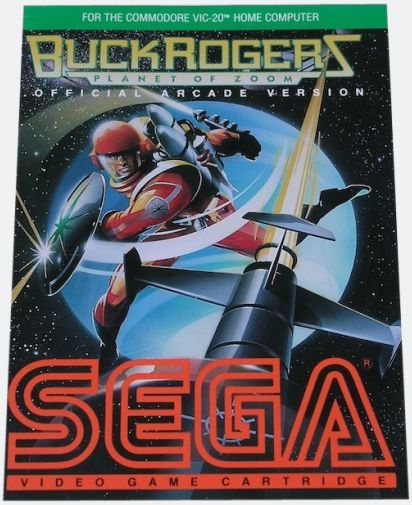
Some games were released on cassette while others were released on cartridge. Below is an example to the popular Cosmic Cruncher game on a cassette.
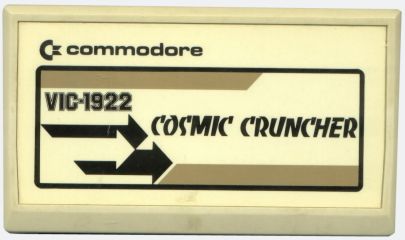
You could also purchase a third party printer for the Vic-20 manufactured by AlphaCom. This is the VP-42. They also produced a model 81 that is larger and is compatible with the C64 and C128 as well.
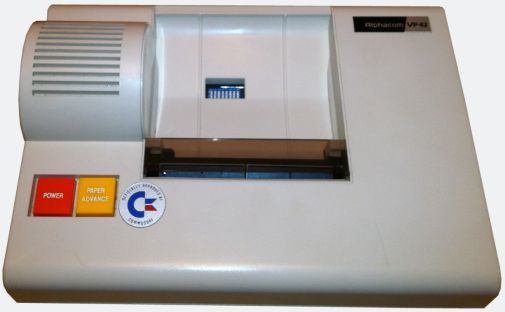
Many, many older collectors had a Vic-20 or Commodore in their youth. Many learned their craft on those early machines. So, today they are very popular as both collector items and nostalgic memorabilia. They did, however, make quite a few of these machines so they are not rare by any means. Still, if you find one that has accessories, an original box and is in excellent working condition you can expect to pay up to $200.00. Early runs of the Vic-20 had flat keyboard keys and sometimes these units sell for a little more. If you just want one to play around with you can pick up a working unit for about $50.00.
